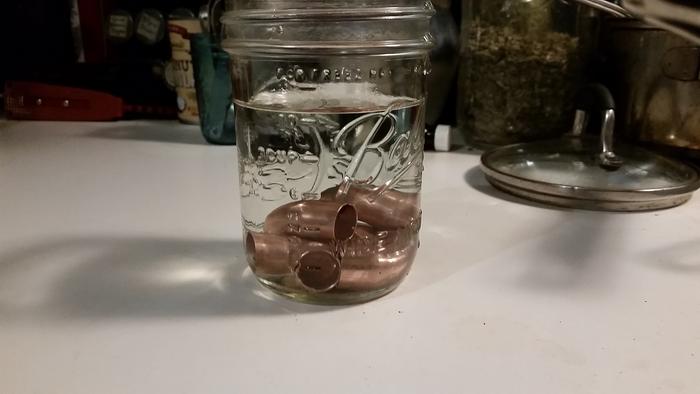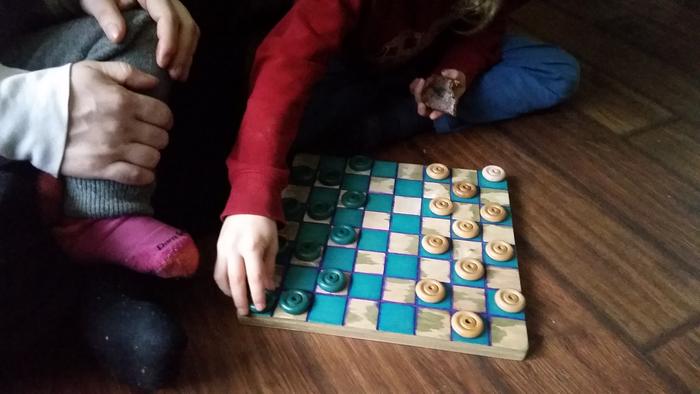
 1
1




 3
3




 1
1




Tereza Okava wrote:Dr Pinterest suggests making a blue stain with copper (not pennies, but copper) and hydrogen peroxide. I made some super awesome wood stain a few months ago using a similar process with steel wool and it was awesome, I would totally try it, but it seems like it might take a while.
https://www.apieceofrainbow.com/make-wood-stain/ see the comments, but keep in mind i didn't do blue so I can't vouch personally.
I wish I had access to indigo or woad!
 5
5




Invasive plants are Earth's way of insisting we notice her medicines. Stephen Herrod Buhner
Everyone learns what works by learning what doesn't work. Stephen Herrod Buhner
 2
2




Tereza Okava wrote:Dr Pinterest suggests making a blue stain with copper (not pennies, but copper) and hydrogen peroxide.
You are welcome to check out my blog at http://www.theartisthomestead.com or my artwork at http://www.davidhuang.org
 1
1




You are welcome to check out my blog at http://www.theartisthomestead.com or my artwork at http://www.davidhuang.org
 2
2




 4
4




Aim High. Fail Small.
Repeat.
 1
1




Eliot Mason wrote:
Now ... does anyone know how to play chess??
You are welcome to check out my blog at http://www.theartisthomestead.com or my artwork at http://www.davidhuang.org
 1
1




 1
1




Aim High. Fail Small.
Repeat.
 3
3




 3
3




"The rule of no realm is mine. But all worthy things that are in peril as the world now stands, these are my care. And for my part, I shall not wholly fail in my task if anything that passes through this night can still grow fairer or bear fruit and flower again in days to come. For I too am a steward. Did you not know?" Gandolf
 7
7








Eliot Mason wrote: Now ... does anyone know how to play chess??
 2
2




Aim High. Fail Small.
Repeat.
 1
1




 2
2




Aim High. Fail Small.
Repeat.
 1
1






 1
1




 2
2




Douglas Alpenstock wrote:Aside: it seems red cabbage can be used to produce a natural blue food dye. The processes and incantations of this alchemy are unclear to me, but it does indeed seem to be a thing.









Invasive plants are Earth's way of insisting we notice her medicines. Stephen Herrod Buhner
Everyone learns what works by learning what doesn't work. Stephen Herrod Buhner
 1
1




“We can complain because rose bushes have thorns, or rejoice because thorn bushes have roses.” — Abraham Lincoln

|
It's a beautiful day in this neighborhood - Fred Rogers. Tiny ad:
The new permaculture playing cards kickstarter is now live!
https://www.kickstarter.com/projects/paulwheaton/garden-cards
|









